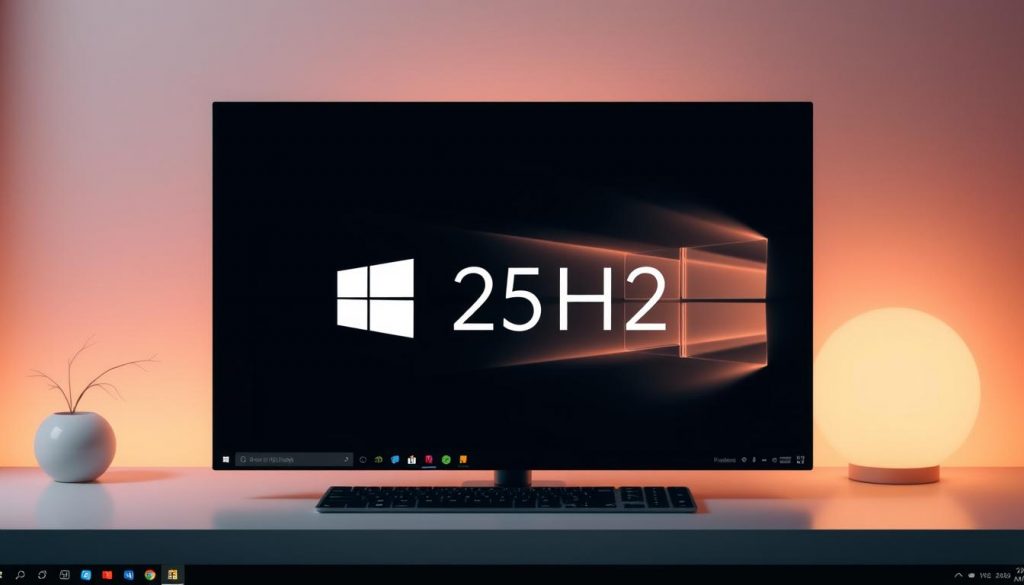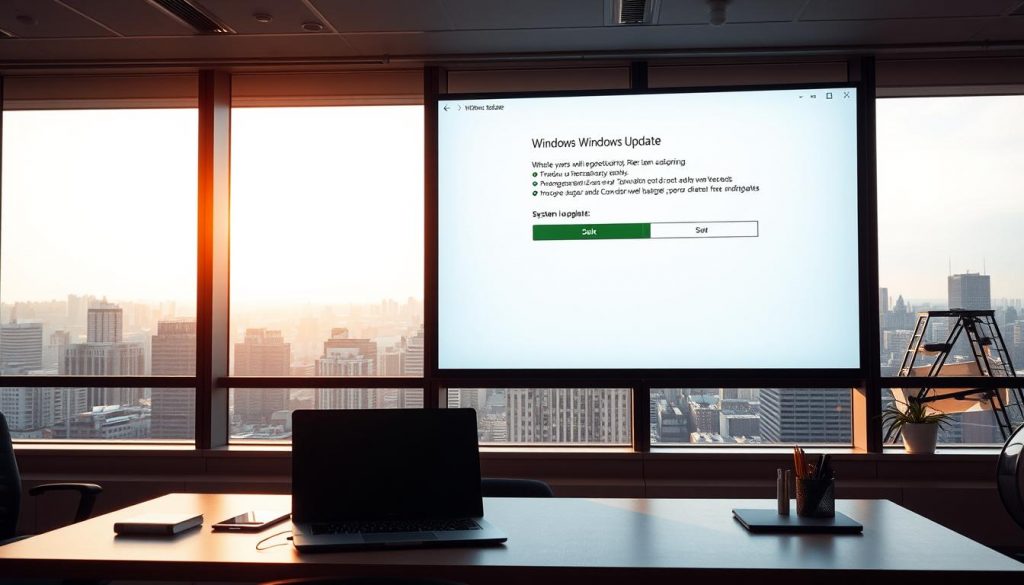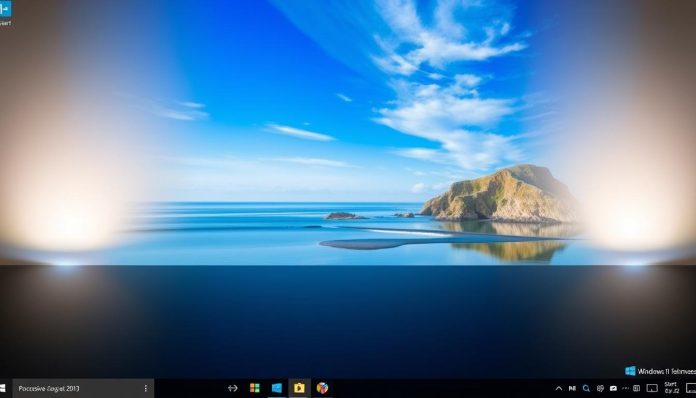The newest build of version 25h2 has arrived as an ISO in the Insider Release Preview channel, but it remains a preview for most people. The 26200 image hints at an imminent public release of this system, likely late September or early October, yet the vendor will stage the rollout to reduce risk.
The 25h2 update is largely an enablement package for devices already on 24H2. That means the visible features are modest and installations are quick for eligible machines. Forcing a full reinstallation via ISO or the Installation Assistant can add needless disruption.
Support longevity is a key motive: moving to the new version extends security coverage into 2027, compared with the prior support horizon. For home users and IT teams in the UK, a staged, cautious approach often balances the temptation of early adoption against the risks of rushing.
Key Takeaways
- The ISO in Release Preview signals a near-term public release, but it is not the finished build.
- The update acts as an enablement flip for devices on 24H2, so changes are small.
- Forcing install via ISO triggers a full reinstall and raises practical risks.
- Upgrading extends support into 2027, a strong argument for planned adoption.
- A staged rollout means many will see the update days or weeks after the initial announcement.
UK technology news context: what Windows 11 25H2 actually is now
The Release Preview ISO for Windows 25h2 has appeared as build 26200, but it is still a preview image intended for testers rather than a final public version.
Latest technology news: 25h2 ISO lands in the Release Preview channel (build 26200)
The insider download site now hosts the ISO file for build 26200 in the release preview channel. Windows Central spotted the file after a one-week slip, underlining how near-final images can still be delayed in the context of the latest IT news and technology news UK, particularly for version 24H2 updates and features that are expected over time.
It’s still a preview: why the installer isn’t the finished version
The company distributes this image to validate telemetry and fix last-minute issues. That is why regular users are advised to wait for the public release through Windows Update.
Enablement package update, not a full overhaul
The 25h2 model uses an enablement package for devices already on 24H2, so most systems see a quick version flip with minimal feature changes.
Rollout timing and controlled feature rollout in the UK
Microsoft plans a staged start in late September or early October. Controlled Feature Rollout will gate updates by device readiness, spreading availability over weeks or months.
“This near-final ISO helps testers validate the build before a broader release.”
| Item | Insider file | Public path |
|---|---|---|
| Build | 26200 (image) | Staged via Windows Update |
| Type | Release preview channel ISO | Enablement package for eligible devices |
| Timing | Available to testers now | Broad rollout over weeks/months |
Windows 11 25H2 Out – Should You Download or Wait? A pros and cons analysis
Immediate upgrade has clear appeal for enthusiasts and admins who want the latest label and extended support in the evolving technology industry insights. For many, the main draw is access to any newly gated features plus a longer security runway with version 25h2 of the operating system.
The temptation of early adoption centres on two things: the psychological lift of running the newest version, and potential access to changes already seeded by the company. Early adopters may enjoy testing tweaks on spare machines or in lab environments.
The risks of rushing: preview bugs and compatibility
Rushing into a tester image risks preview-grade bugs and incomplete driver coverage for some devices. That can disrupt productivity on production systems.
Third‑party validation is limited immediately after release, so specialists advise letting wider testing finish before mass upgrades.
The “nothingburger” update: why 25h2 mirrors 24h2
Functionally, the update flips an enablement package that activates gated features already present in the core OS. Visible changes are modest for most users, which supports a measured approach.

“This near-final image helps testers validate the build before a broader release.”
Support and security: extend coverage to 2027
One solid reason to move is extended support; the newer version stretches mainstream updates into October 2027. That matters for security and long‑term maintenance.
Installation paths compared
Upgrading via settings and standard updates is the least disruptive path. Manual ISO or Installation Assistant routes trigger a full reinstall unless coming from much older releases.
| Aspect | Quick guidance | Why it matters |
|---|---|---|
| Early adoption | Good for testers and labs | Access to new features and labels; higher risk |
| Standard upgrade | Use Windows Update in settings | Fast enablement package flip; minimal disruption |
| ISO / clean install | Only for older systems or a full reinstall | Triggers full installation; more downtime |
| Support horizon | Extended to Oct 2027 | Longer security coverage vs older release |
For a deeper technical thread on the Release Preview and staging, see the discussion at release-preview enablement thread.
The prudent path forward for UK users and IT teams
Following the staged release gives the best chance that a device will receive a stable, tested update in settings.
Waiting for Windows Update is the safer route. The company’s controlled feature rollout (CFR) prioritises newer hardware and validates the process on similar systems before your prompt appears.
Waiting for Windows Update is safer: staged rollout reduces risk
This staged start means problems found early are fixed before broad exposure. For most devices, the feature update arrives as an enablement flip from 24h2, keeping disruption minimal.

When to upgrade: signals your device is ready and ideal timing (weeks, not days)
Plan upgrades in low‑risk windows once the offer appears in settings. Expect a rollout measured in weeks rather than days, and ensure current backups and tested drivers.
IT industry news and insights: enterprise lifecycles, CFR controls, and avoiding forced upgrades
Home/Pro receives roughly 24 months of support, while Enterprise/Education get 36 months. Mixed fleets should pilot for months to confirm application behaviour and hardware compatibility with the latest version 25h2 and new features relevant to current tech industry trends.
| Area | Recommended action | Reason |
|---|---|---|
| Distribution | Accept via Windows Update in settings | Leverages CFR and device validation |
| Timing | Schedule weeks after the public start | Allows fixes to land and drivers to mature |
| Manual install | Use ISO only for legacy systems | A clean install is needed when upgrading from older versions |
| Support window | Plan around 24–36 months | Aligns with the company lifecycle and compliance |
Conclusion: Windows 11 25H2 Out – Should You Download or Wait?
A measured upgrade strategy keeps devices secure while avoiding preview‑grade risks. The 25h2 image in the release preview channel is near‑final, but it remains a tester file. For most UK users, the enablement package means the new version is a light flip rather than a major reinstall. Staying informed through technology articles can help users understand the implications of this feature update.
Industry coverage from Windows Central and the preview channel positioning points to a staged public release. Accepting the offer via windows update in settings reduces installation complexity, lowers bug exposure and preserves hardware compatibility. Users should be aware of potential issues that may arise during the updates.
Organisations and home users should validate drivers, confirm backups, and plan timing. In short: upgrade via the official path when offered to extend support into later years, keep security current, and avoid unnecessary installation risks from the ISO image. This ensures that the system remains robust and efficient.
For more Big Tech articles, please follow the link.


